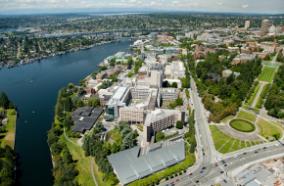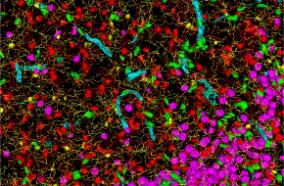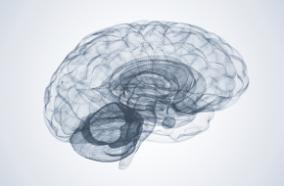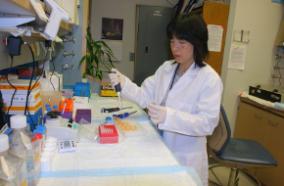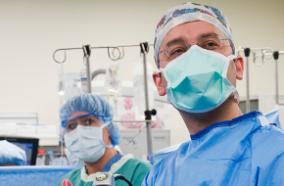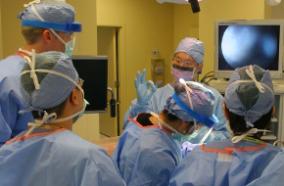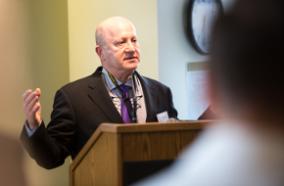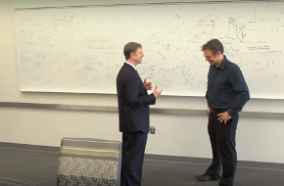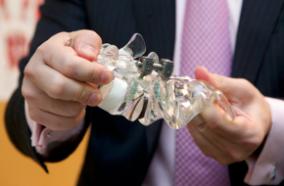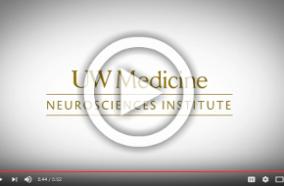Sustained release of stromal cell-derived factor-1 alpha from silk fibroin microfiber promotes urethral reconstruction in rabbits.
Sustained release of stromal cell-derived factor-1 alpha from silk fibroin microfiber promotes urethral reconstruction in rabbits.
J Biomed Mater Res A. 2020 Apr 10;:
Authors: Liu Y, Huang L, Yuan W, Zhang D, Gu Y, Huang J, Murphy S, Ali M, Zhang Y, Song L
Abstract
We developed a stromal cell-derived factor-1 alpha (SDF-1α)-aligned silk fibroin (SF)/three-dimensional porous bladder acellular matrix graft (3D-BAMG) composite scaffold for long-section ventral urethral regeneration and repair in vivo. SDF-1α-aligned SF microfiber/3D-BAMG, aligned SF microfiber/3D-BAMG, and nonaligned SF microfiber/3D-BAMG scaffolds were prepared using electrostatic spinning and wet processing. Adipose-derived stem cell (ADSC) and bone marrow stromal cell (BMSC) migration was assessed in the SDF-1α-loaded scaffolds. Sustained SDF-1α release in vitro and vivo was analyzed using enzyme-linked immunosorbent assay (ELISA) and western blotting, respectively. The scaffolds were used to repair a 1.5 × 1 cm2 ventral urethral defect in male rabbits in vivo. General observation and retrograde urinary tract contrast assessment were used to examine urethral lumen patency and continuity at 1 month and 3 months post-surgery. Postoperative rehabilitation was evaluated using histological detection. The composite scaffolds sustained SDF-1α release for over 16 days in vitro. SDF-1α-aligned SF nanofiber promoted regeneration of urethral mucosa, submucosal smooth muscles, and microvasculature, increased cellular proliferation, and reduced collagen deposition. SDF-1α expression was increased in reconstructed urethra at 3 months post-surgery in SDF-1α-aligned SF group. SDF-1α-aligned SF microfiber/3D-BAMG scaffolds may be used to repair and reconstruct long urethral defects because they accelerate urethral regeneration.
PMID: 32276293 [PubMed - as supplied by publisher]


